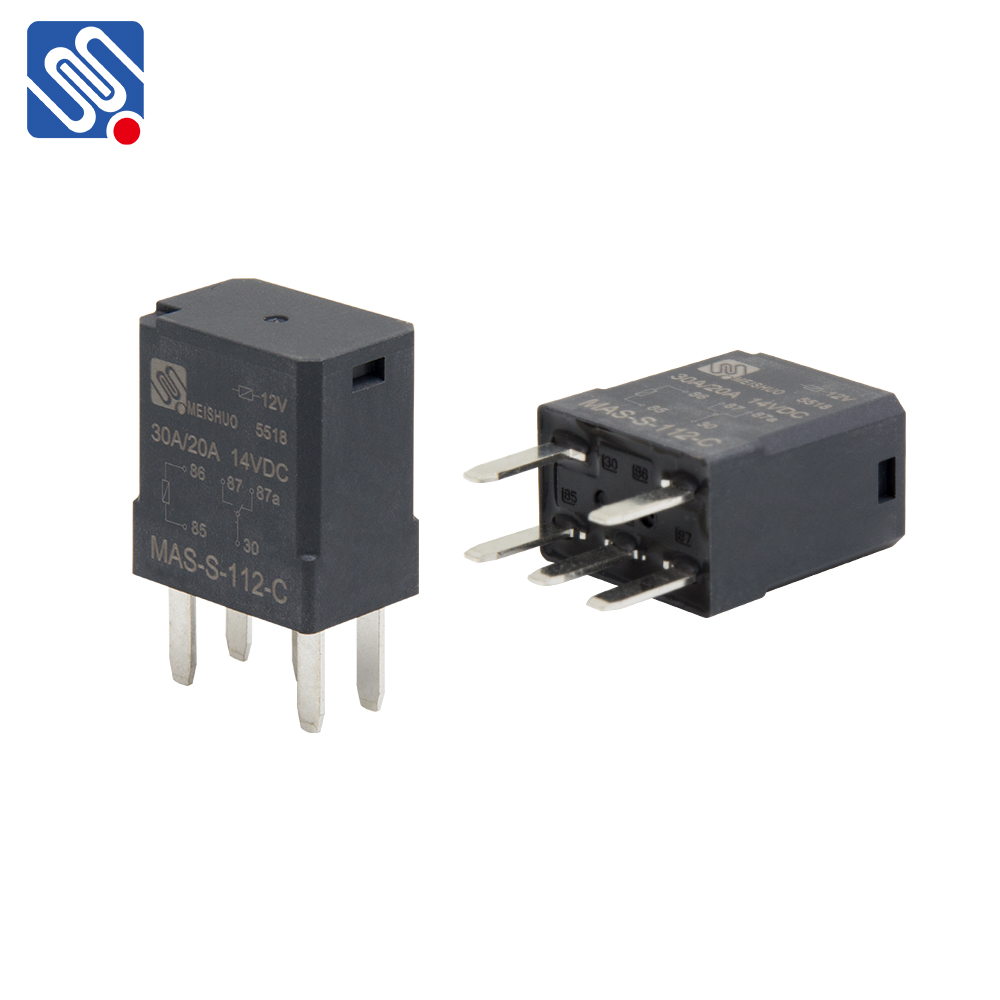relay compatibility: understanding its importance in modern networks
Release time:2025-11-12 22:06:23
Relay compatibility refers to the ability of a relay device, typically found in communication systems and networks, to work seamlessly with other devices, protocols, and systems. In simple terms, relay compatibility ensures that a relay can effectively transmit or forward data between devices, regardless of the specific technologies or standards they use. This is particularly important in complex networks that involve diverse equipment and various types of communication protocols.

In modern networks, relay devices are used for a wide range of purposes. From boosting network signals to enabling efficient communication between different sub-networks, relays play a vital role in ensuring the smooth functioning of a system. However, as networks grow more intricate and diverse, ensuring compatibility between relays and other devices becomes increasingly important.
The Role of Relay Devices in Communication Networks
A relay is essentially a device that receives a signal from one source, amplifies or regenerates it, and then forwards it to its intended destination. This function is crucial in extending the reach of signals, especially in situations where a direct connection is not feasible due to distance or environmental factors.

